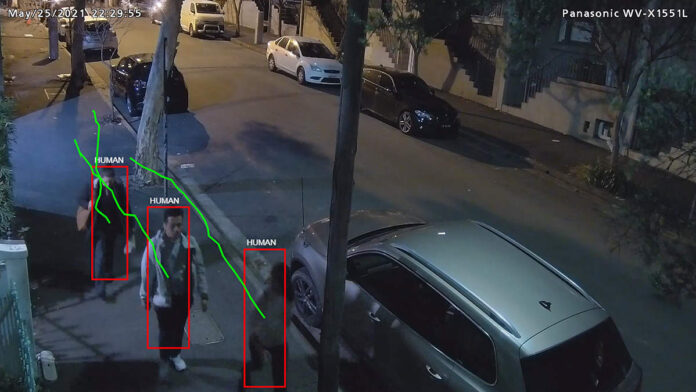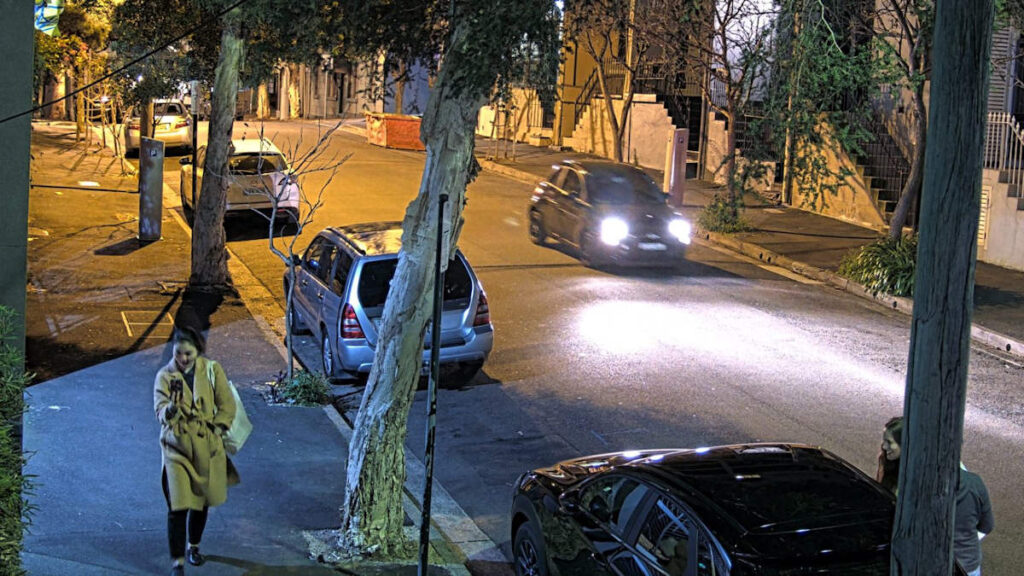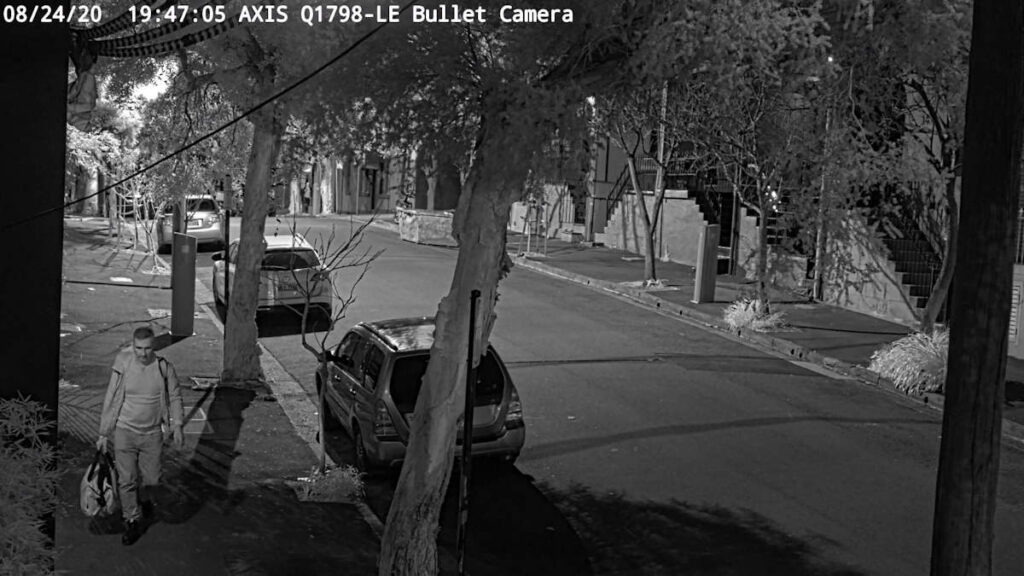What’s The Most Important Element Of Face Capture In Low Light CCTV Applications?
What’s The Most Important Element Of Face Capture – What would SEN say is the most important element when it comes to capturing faces in low light video surveillance applications? Is it shutter speed, low light performance from the sensor, integrated lighting, external lighting, or the ability to avoid excessive motion blur?
A: All those elements you list are important, but we’d argue the most important element of any video surveillance application is light. Forget about everything else for the time being, aside from ensuring you have enough resolution through the relevant focal plane for identification.
Those other things you mention and many others, including slow shutter speed, noise caused by amplification and digital rebuild artefacts from noise reduction algorithms, are emergent properties of very low light.
Once you have spent time in an application and you have a feel for existing light, ask yourself where you need light. Consider the space your cameras need to cover. How much ambient light do you have? Where is it coming from, what is it reflecting from and what could it be reflecting from? Where is power should you choose to add light sources? What are the points and depths of your lighting requirements?
Can you add some light, increase the power of existing lights, increasing the reflectance of surroundings, change the direction or angle of the camera lens so it takes advantage of a particular source of light to enhance contrast and colour rendition where you need it most? Can you place a camera head on to pedestrians, can you slow pedestrians down momentarily to reduce blur?
Better cameras make better use of available light but with careful thought you can position cameras to make the most of their capability and the scene’s light. When you look at a scene try to relax your eyes and see the light. What does it reveal, what does it hide, what do you need to see and where?
Don’t just stand in one spot – too many cameras are installed thoughtlessly – move around the space and come to know it. Your choices with camera placement and the results of your applications will be noticeably improved if you do.
There are some cameras that are simply better at faces in very low light. We always hark back to a particular Axis camera and installers always tell us it’s quite expensive. At this point the inflection must be towards application – does the end user want court admissible evidence?
We’d argue that every video surveillance application should have some high-quality cameras at key choke points whose sole job is face identification. Sure, install your noisy low end-end domes and turrets for situational awareness – just don’t tell customers they will deliver investigators moving faces in patchy light. And if you are installing lower end cameras, bear in mind some are better than others.
Regardless of sensor quality and camera engine design, adding or reflecting visible light through a scene is always the best way to enhance facial recognition.
You can read about Canon’s 4.5 million ISO industrial camera here or find more SEN news here.
“What’s The Most Important Element Of Face Capture In Low Light CCTV Applications?”














